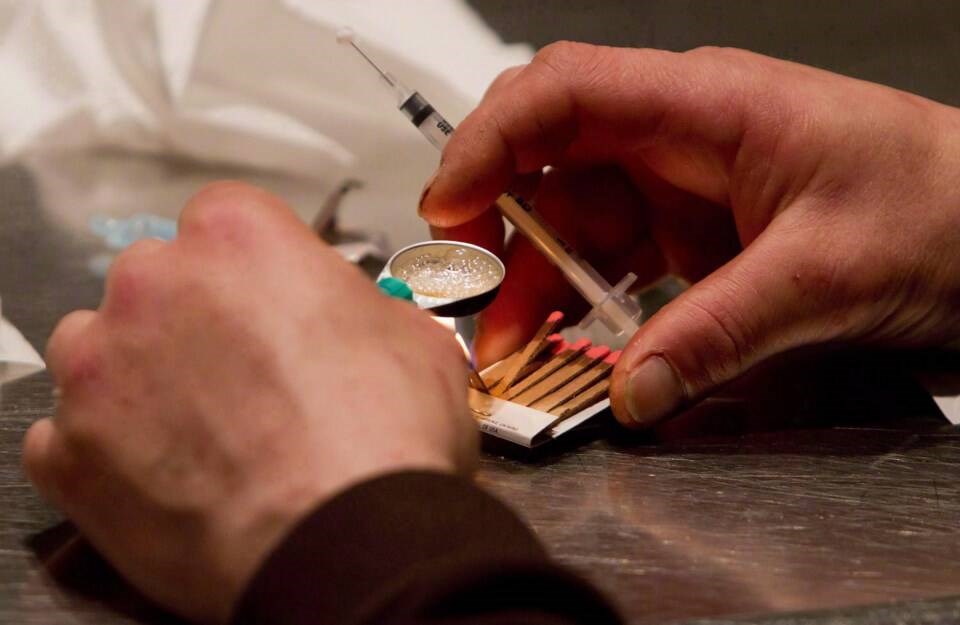A commentary by a retired psychiatrist who is writing a book about the challenges in Canada’s health-care system.
It is time to rethink British Columbia’s approach to the overdose crisis.
Deaths from illegal drugs have increased steadily over the years. Much current policy has been based on some of the recommendations made in the chief coroner’s 1993 Task Force on Illicit Narcotic Overdose Deaths in B.C., when there were 330 deaths.
In 2016, with deaths increasing to 996, the provincial health officer declared a public health emergency; by 2023, the numbers had increased by two and a half times, to 2,546.
With an estimated 225,000 drug users in B.C., the annual 2023 death rate from overdose is 1.13 per cent. Fentanyl was detected in 67 per cent of opioid deaths in 2016, rising to 85 per cent in 2023.
These changes in percentages and total numbers reflect the transition from older opioids to more addictive and dangerous fentanyl and its analogues.
Measures adopted so far have been ineffective. Take-home naloxone was introduced but has not reduced the death rate.
Although the Ministry of Mental Health and Addictions states that 106,479 overdoses were successfully reversed with naloxone since 2012, we have no long-term followup for those individuals.
Naloxone is not a panacea. One-year follow-up of naloxone administration by Massachusetts first responders showed that 6.5 per cent of the recipients died that same day, while a further 9.9 per cent died in the following 12 months.
A North Carolina study estimated that those who recovered with first-responder naloxone were then 13.2 times more likely to die within the next year than members of the age-adjusted general population.
Long-term data is key. Knowing more than the immediate effect is essential if we are going to properly evaluate all programs, whether safe injection, naloxone, safe supply or abstinence-focused.
The longer-term impact of safe supply on the individual addict remains unknown. Reporting that mortality is reduced in the first seven days after the first safe supply prescription adds nothing to clinical care; evaluation of an act with potentially serious side effects requires longer follow-up with precise data.
The increased death numbers indicate that dead users are being replaced by new ones, plus many more from the population at risk. Understanding how this increase has come about is crucial to addressing the problem.
Studies from the United Kingdom and the United States on opiate initiation before the Sackler-induced epidemic concluded that the spread of drug abuse is contagious, like an infective illness.
In one study, a community psychiatric clinic traced the origins of drug use in 48 of 58 patients to two index users who came from outside the community, bringing their habit with them, just like COVID and measles are spread.
Such tracing was difficult, requiring a trusting relationship between patient and staff to get honest answers about who provided the drug, when and how.
Reports from the U.S. and Australia support this concept of communicability, with initiation often in social circumstances in the presence of a supportive peer group, just like any other communicable disease.
Contagious illness spreads through the transmission of a harmful substance, whether virus particles for COVID or opioid pills for addictions. Both lead to increased mortality in the new victim. This transmission makes addiction different from diabetes or heart disease.
Understanding this role of contagiousness is crucial in any discussion about the diversion of safe supplies. The benefit to the individual must be balanced against the risk of developing new addicts. The number of new addicts is growing, and while Solicitor-General Mike Farnworth says there is no evidence of widespread diversion, bluntly, any diversion is too much, especially for at-risk youth.
To balance the risks to the individual with the risks to the collective, we need less echo-chamber advocacy and better data. It is crucial to understand how initiation occurs so that we can put in place the preventative measures necessary.
During the COVID epidemic, successful communicable disease control measures were used to identify how the condition was spread in the community. If the unacceptable overdose deaths in the province are to be prevented by using more of the communicable disease control approach, what should be done differently?
• More emphasis on controlling the sources of fentanyl (and other drugs), even at the individual level,
• Strongly discouraging and rejecting sharing, as happened with tobacco,
• Increasing surveillance to identify those recently addicted,
• Early effective treatment of those addicted,
• Giving up unobserved safe drug supply to prevent diversion and
• Rethinking the components of harm reduction, including equating de-criminalizing personal supply to legalization without checks and balances.
Oregon responded to increased deaths and chaos in the street with a rethink. It is time for the courage to have a similar rethink here.



